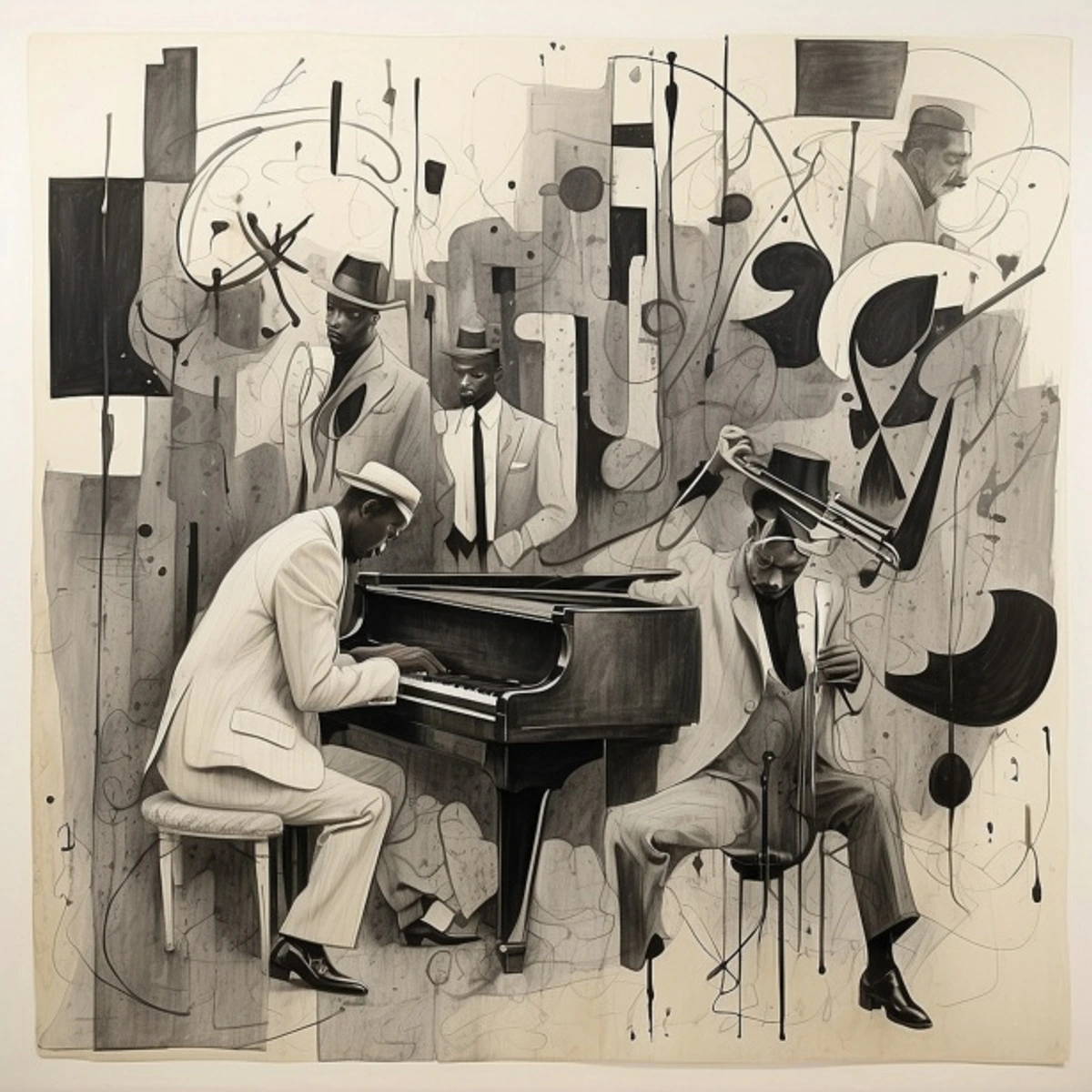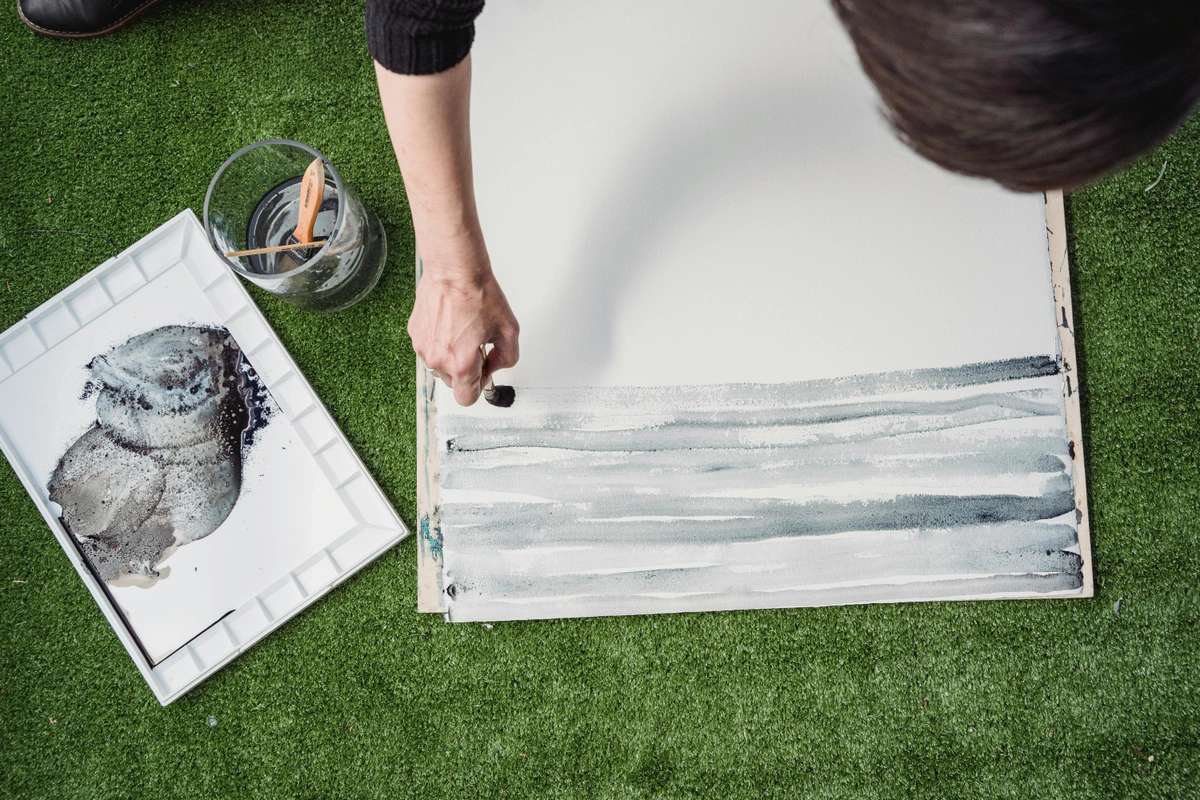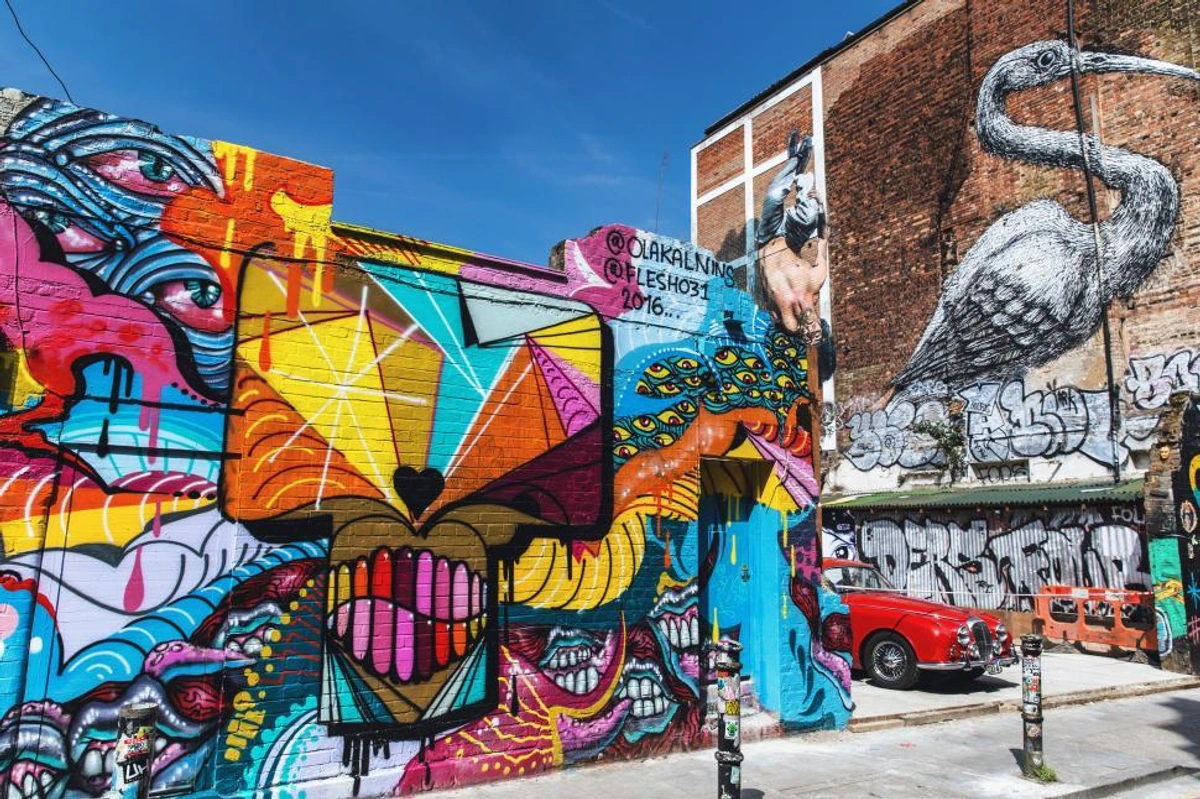
Art About Jazz: Painting the Rhythm, Sculpting the Soul
Dive into the world of art inspired by jazz. Explore how artists translate the rhythm, improvisation, and soul of jazz into visual forms, featuring key artists, historical movements, and personal insights.
Art About Jazz: Painting the Rhythm, Sculpting the Soul
There are some things in life that just get you, aren't there? For me, it's the way a brushstroke can sing, or how a splash of color can feel like a sudden chord change. I remember standing in a gallery once, looking at a painting that just felt like a saxophone solo building – a quiet start, then a burst of unexpected color, a frantic energy, and finally, a lingering, resonant note. And then there's jazz. Oh, jazz. It's not just music; it's a conversation, a feeling, a whole universe unfolding in real-time. It's the sound of freedom, of raw emotion, of unexpected harmony emerging from beautiful chaos. So, naturally, the idea of art about jazz? That's my kind of jam session. In this article, we'll explore this fascinating intersection of sight and sound, diving into what jazz art is, how artists capture its essence, its rich history, and some key figures who've been inspired by its rhythm and soul.
It's like trying to paint the wind, isn't it? How do you capture that spontaneous energy, that raw emotion, the sheer, unadulterated cool of jazz in a static visual form? It's a challenge, a beautiful, messy challenge, and one that artists have been tackling for decades. As an artist myself, I'm endlessly fascinated by this – how do you translate something so ephemeral, so aural, into something you can see? It feels like chasing lightning, but the results can be electrifying. Let's dive into this fascinating intersection of sight and sound.
What is "Jazz Art" Anyway? (Spoiler: It's Not Just Portraits of Musicians)
When I think about art inspired by jazz, my mind doesn't immediately go to literal portraits of saxophonists or smoky club scenes (though those exist and can be fantastic!). It's more about the essence of the music. Jazz is improvisation, rhythm, harmony, dissonance, call-and-response, and a deep well of emotion, from sorrowful blues to ecstatic swing. It's a genre that constantly reinvents itself, from the structured chaos of bebop to the cool, minimalist explorations of modal jazz, and the wild freedom of free jazz. Each subgenre offers a different sonic landscape, ripe for visual interpretation.
"Jazz art" is, for me, any visual work that attempts to translate these non-visual elements into something you can see and feel. It's about capturing the vibe. It's the visual equivalent of a syncopated beat or a wailing horn. While Abstract Art is often the most direct way to embody these non-representational qualities, figurative or representational art can also capture the jazz spirit through dynamic composition, expressive color palettes, or by depicting the raw energy of a live performance.
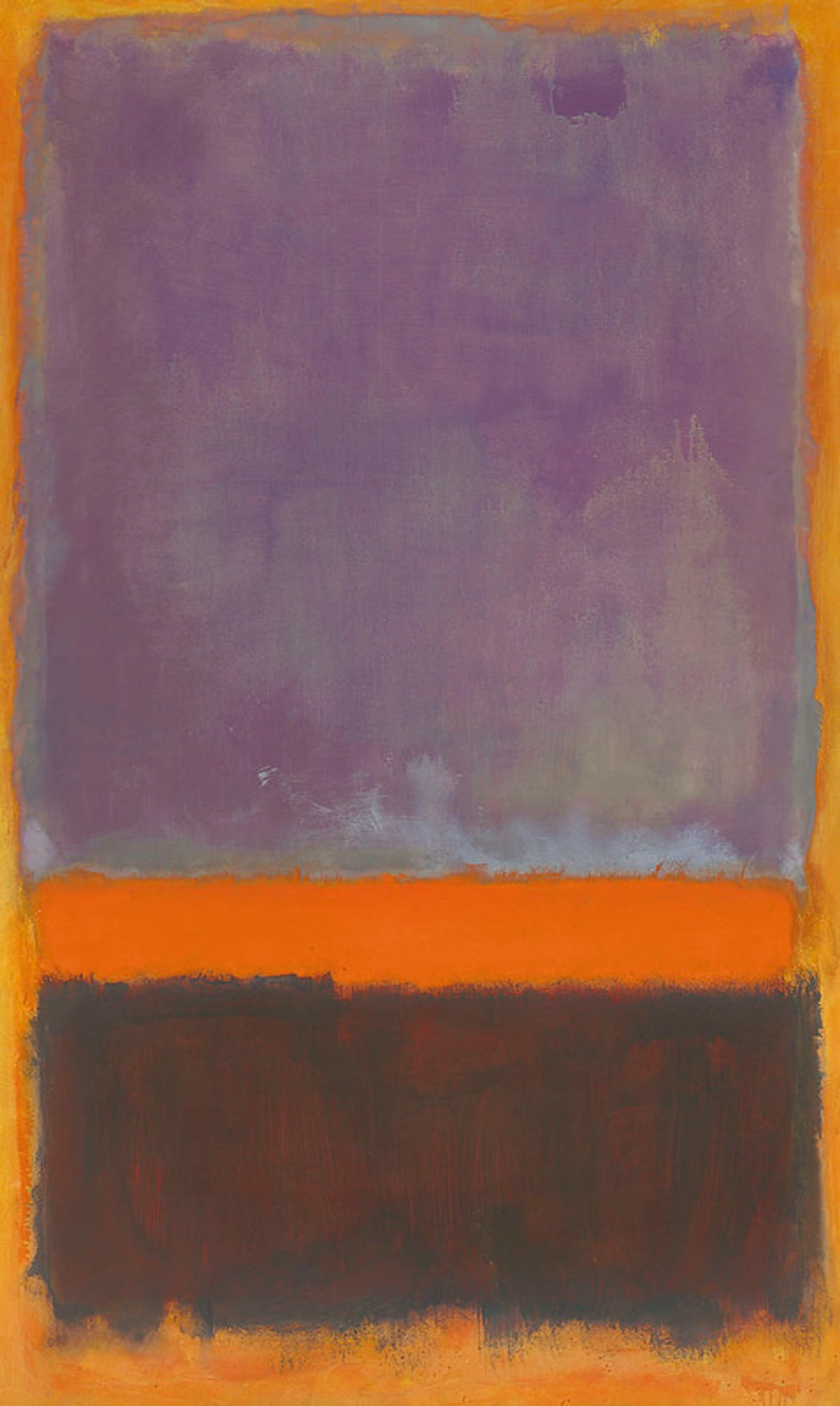
Visualizing the Sound
So, how exactly do artists take something you hear and make you see it? They use the fundamental Elements of Art in ways that echo musical structures and feelings:
- Color: Vibrant, clashing, or deeply moody colors can reflect the emotional range and dynamic shifts in jazz. Think of the blues, the reds of a hot club, the cool tones of a late-night ballad. It's like painting the emotional temperature of the music. The Secret Language of Color: An Artist's Guide to How Pigment Speaks is a rabbit hole worth going down if you're fascinated by this. Consider how the bold, non-naturalistic colors in Fauvism might echo the unexpected harmonies or emotional intensity of a jazz piece.
- Line and Shape: Jagged lines, sharp angles, or fluid, swirling shapes can represent rhythm, melody, or the improvisational flow. It's like drawing the sound waves, but with feeling. Think of the frenetic energy of bebop translated into sharp, unpredictable lines, much like Stuart Davis attempted in his work, using geometric forms to build visual rhythms that mirrored the music he loved.
- Texture: Thick, impasto brushstrokes or layered materials can add a tactile dimension, mirroring the layered complexity of a jazz arrangement. Each layer of paint, like each instrument, adds depth. Romare Bearden's collages, with their fragmented images and textures, are a prime example of this visual syncopation, explicitly designed to evoke the feeling of jazz.
- Composition: A dynamic, sometimes off-kilter composition can capture the unexpected turns and syncopation inherent in jazz. It's not always neat and tidy, just like a great solo. It keeps you on your toes. Think of the visual rhythm created by the arrangement of forms and colors, much like a band arranging musical phrases.
This approach often leans into Abstract Art and Abstract Expressionism, where the focus is on conveying emotion and energy rather than literal representation. It's about the feeling, the movement, the sound translated into sight. It's a visual improvisation.
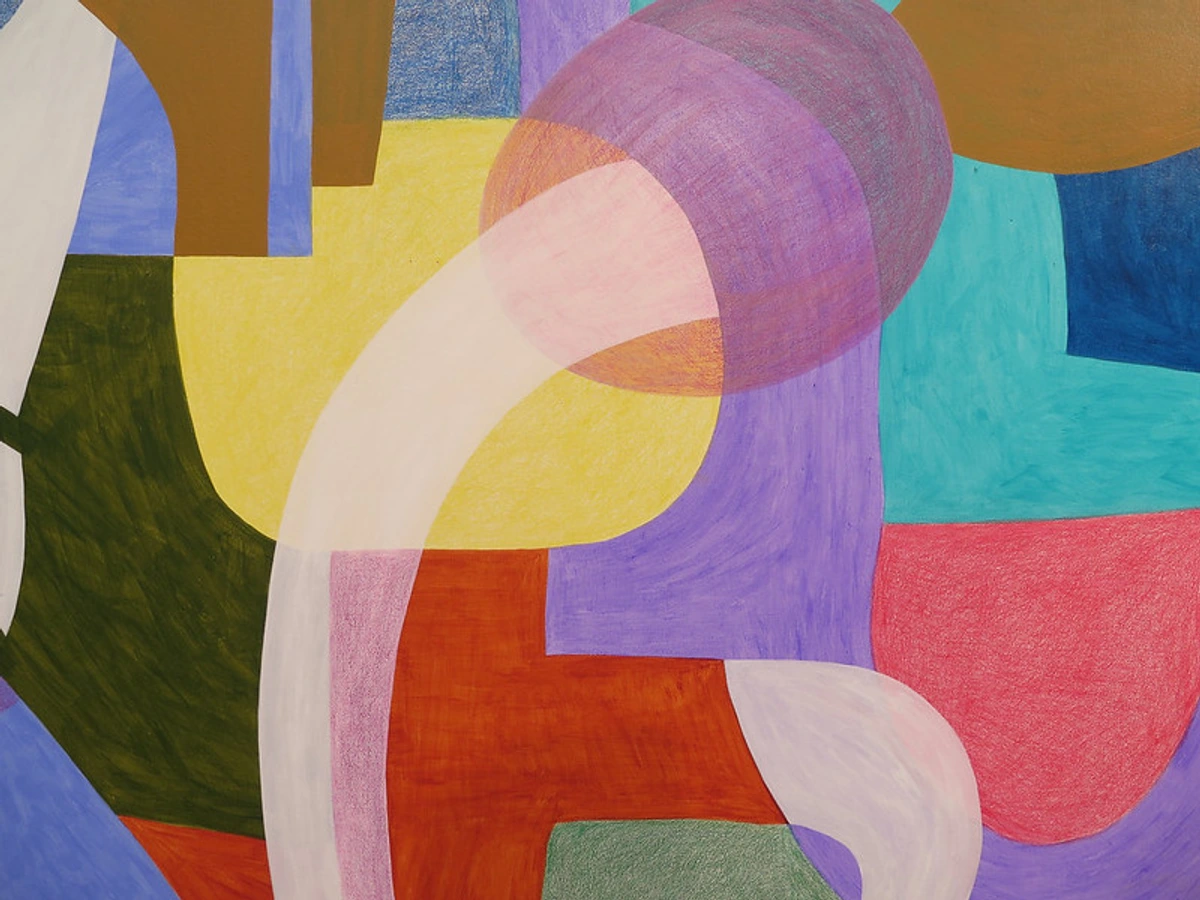
Historical Intersections: Where Jazz and Art Met
The relationship between jazz and visual art isn't just a modern phenomenon; it has roots in significant cultural movements. How did this dialogue between sound and sight begin to take shape?
One of the most prominent examples is the Harlem Renaissance in the 1920s and 30s. This explosion of African American culture in Harlem saw artists, writers, and musicians interacting and influencing each other. Jazz was more than just the soundtrack; it was a powerful force for identity, expression, and community, and its rhythms, themes, and spirit deeply informed the visual art being created during this vibrant era. Artists like Aaron Douglas captured the energy and cultural significance of jazz within his distinctive murals and illustrations.
Later, in the mid-20th century, the energy and improvisational nature of jazz resonated strongly with the Abstract Expressionists in New York. Artists like Jackson Pollock and Willem de Kooning were known jazz enthusiasts, and the spontaneous, energetic process of creating their large-scale abstract works was often compared to jazz improvisation. The shared emphasis on freedom, emotion, and the act of creation itself forged a powerful, if sometimes indirect, link. I often think of Pollock's drip paintings as visual free jazz – chaotic, energetic, and deeply personal.
Beyond specific movements, jazz clubs and music venues have long served as subjects and inspirations for artists, capturing the atmosphere, the light, and the human connection found within these spaces. Think of the iconic photography that emerged from these intimate settings.
Artists Who Jazzed Things Up
Many artists have found inspiration in jazz, sometimes explicitly, sometimes more subtly through the energy and freedom the music embodies. Here are a few key figures, including some who directly engaged with jazz themes and others whose work resonates with its spirit:
- Romare Bearden: Perhaps one of the most direct and celebrated examples. Bearden's vibrant collages, particularly his series "The Prevalence of Ritual" and works like "The Block," often depicted scenes of African American life, including jazz musicians and dancers. His use of fragmented images and layered textures directly mirrored the improvisational and layered nature of jazz music. He spoke explicitly about wanting his collages to have the rhythm and syncopation of jazz.
- Stuart Davis: An American modernist painter whose work in the 1920s and 30s was heavily influenced by jazz. He attempted to translate the sounds and rhythms of jazz into visual form using bold colors, geometric shapes, and text elements. His paintings like "Swing Landscape" or "Hot Still-Scape for Six Colors" are visual equivalents of jazz compositions, full of energy and syncopation.
- Aaron Douglas: A leading artist of the Harlem Renaissance, Douglas incorporated elements of African art and cubism into his distinctive style. His murals and illustrations often depicted the history and culture of African Americans, with jazz and music frequently appearing as central themes, symbolizing freedom and cultural expression.
- Henri Matisse: While not directly painting about jazz in the same way as Bearden or Davis, Matisse's late-career cut-outs, particularly the series he titled "Jazz," show a clear connection. Created while he was ill and couldn't paint, these vibrant, fluid paper cut-outs capture a sense of rhythm, spontaneity, and joyful energy that he explicitly linked to the spirit of jazz. It's a beautiful example of translating a feeling across mediums.
- Jackson Pollock: As mentioned earlier, Pollock's connection is often seen through the lens of Abstract Expressionism's shared ethos with jazz – improvisation, energy, and a focus on the process. While he didn't paint literal jazz scenes, the chaotic energy and rhythmic drips of his action paintings can certainly evoke the feeling of a wild, improvisational jazz performance. He reportedly listened to jazz while he worked.
- Jean-Michel Basquiat: Though associated with later movements, Basquiat's work is deeply infused with the energy, rhythm, and history of jazz and blues. His raw, layered paintings often feature references to jazz musicians and song titles, reflecting the music's central role in Black culture and his own creative process. His style, like jazz, is a form of improvisation and sampling.
- Herman Leonard: A legendary photographer whose iconic black and white images captured the golden age of jazz in the 1940s and 50s. His photographs of musicians like Charlie Parker, Dizzy Gillespie, and Billie Holiday in smoky clubs are not just documentation; they are visual interpretations of the music's atmosphere and the artists' intensity. His use of light and shadow is as expressive as a jazz solo.
This is just a small selection; countless other artists, from photographers capturing iconic performances to contemporary painters exploring the genre's evolution, have found their muse in jazz. Many galleries and museums, particularly those focusing on modern and contemporary art or African American art, often feature works that demonstrate this powerful connection.
Beyond the Canvas: Jazz in Other Visual Forms
While painting is a prominent medium, the influence of jazz extends to other visual art forms:
- Collage and Mixed Media: As seen with Romare Bearden, collage is a natural fit for jazz's layered, improvisational structure. Artists combine disparate elements to create a harmonious whole, much like musicians weaving together different melodic and rhythmic lines. Ultimate Guide to Collage Art: History, Techniques, Inspiration & Getting Started explores this medium further.
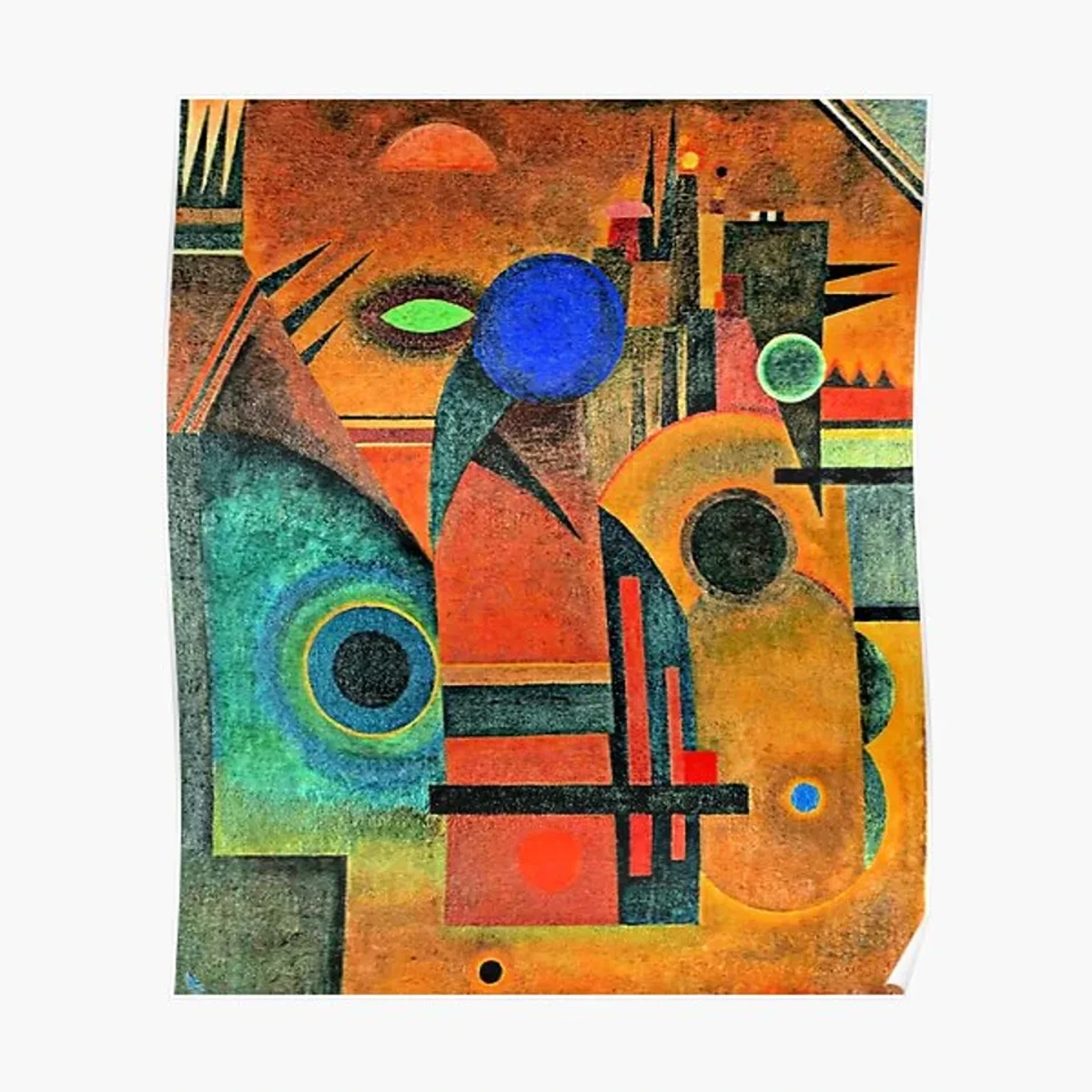
- Photography: From candid shots of musicians in smoky clubs to formal portraits and dynamic performance photography, photographers have played a crucial role in documenting and interpreting the visual culture surrounding jazz. Iconic figures like Herman Leonard and William Claxton captured the essence of the era and its artists. Think of the iconic Blue Note album covers, many of which featured striking photography.
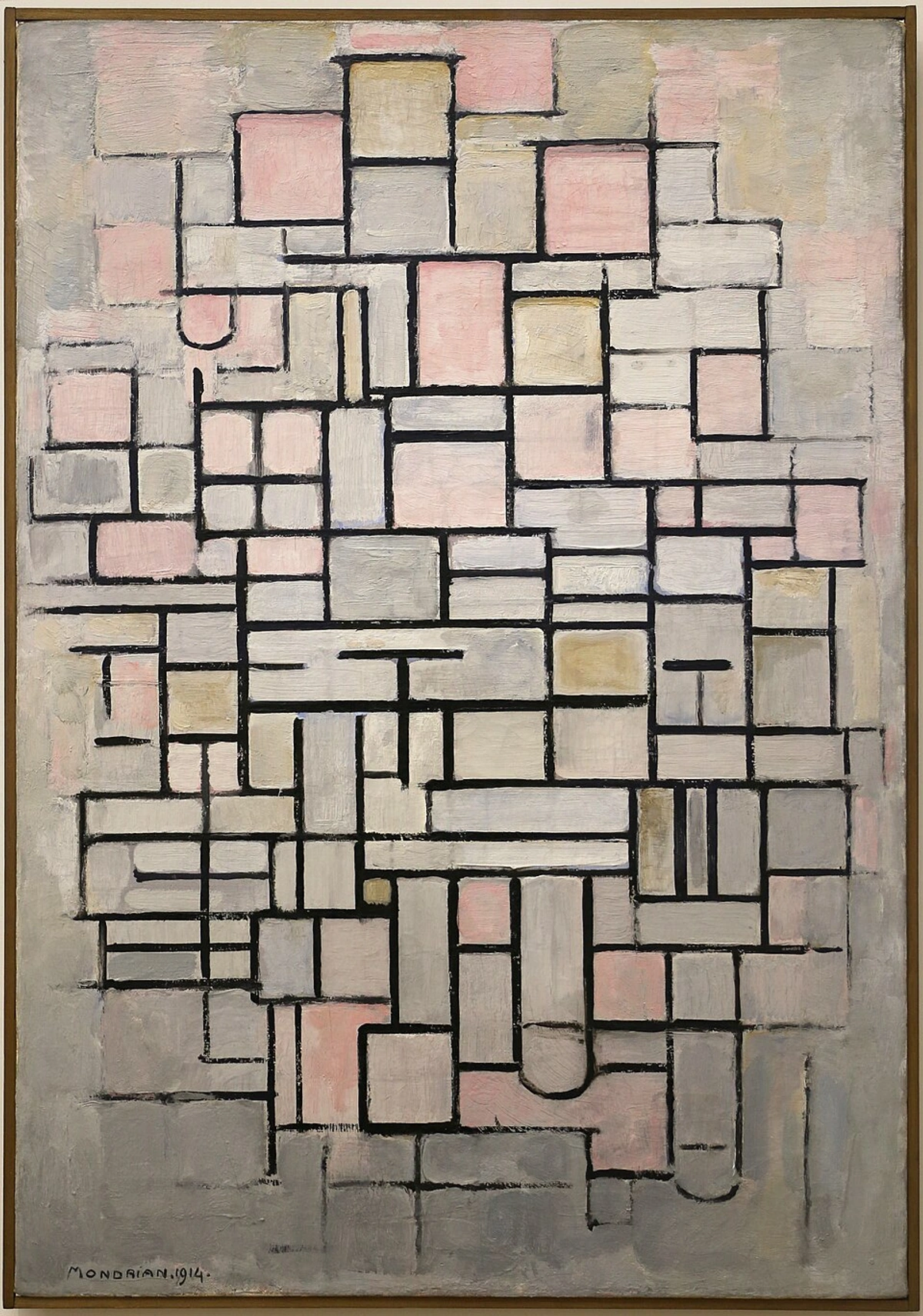
- Sculpture: Sculptors can explore the themes of rhythm, movement, and form inspired by jazz, translating the music's energy into three-dimensional space. Abstract sculptures with dynamic lines or fragmented forms can visually echo jazz compositions or the physical energy of performance. It's about sculpting the invisible flow of sound.
- Album Art: This is perhaps the most direct visual representation of jazz for many listeners. Iconic album covers, from the bold graphic design and photography of Blue Note records (often designed by Reid Miles) to the minimalist abstraction used by labels like ECM, have created a rich visual language associated with the music, influencing design and art in turn. These covers are often artworks in themselves, setting the visual tone for the music within.
The influence can even flow the other way; sometimes, the visual presentation of jazz, through album art or club design, has shaped the perception and even the evolution of the music itself. Different subgenres of jazz might also inspire distinct visual approaches – the vibrant chaos of bebop contrasting with the cool, minimalist lines evoked by cool jazz.
My Own Jazz Connection
For me, jazz isn't just background music; it's a source of creative fuel. The way a saxophone solo can build, layer upon layer, or how a rhythm section locks into a groove, directly influences how I think about composition and color in my own abstract work. I often listen to jazz while I paint – the improvisation encourages me to be bolder, to take risks, to let the brush dance across the canvas in unexpected ways. For instance, the syncopated rhythms of a drummer might inspire me to use broken lines or unexpected color juxtapositions, creating a visual beat on the canvas. Or the way a bassline provides a steady foundation allows me to build layers of color and texture on top, knowing there's an underlying structure. It's a conversation between the sound and the visual, a call-and-response between the music and my hand. It's in those moments, lost in the rhythm and the paint, that I feel most connected to the spirit of both art and jazz. If you're curious about my own artistic journey, you can read about it here, or explore some of the pieces jazz has inspired in my shop.
The Enduring Harmony
The connection between jazz and visual art is a testament to the power of music to inspire across creative disciplines. It's a reminder that art isn't confined to one sense; it's a holistic experience. Whether it's the vibrant chaos of an abstract painting echoing a bebop solo or the layered complexity of a collage mirroring a big band arrangement, artists continue to find innovative ways to paint the rhythm and sculpt the soul of jazz. It's a dialogue that continues to evolve, just like the music itself. So next time you listen to your favorite jazz track, close your eyes for a moment, then open them and imagine what it might look like. You might just surprise yourself with the images that emerge from the sound.
